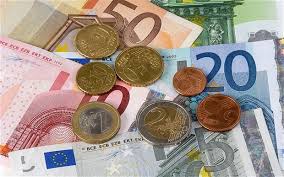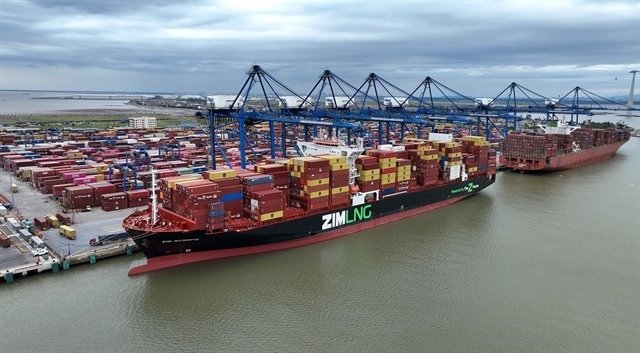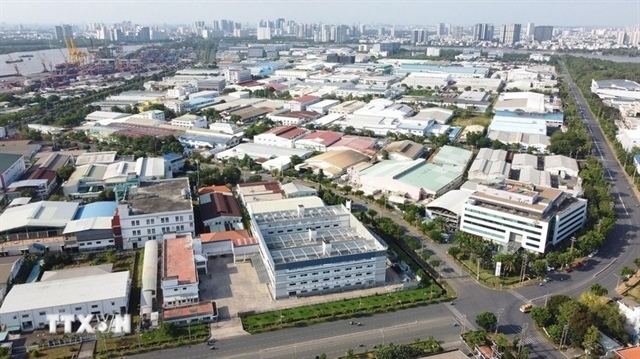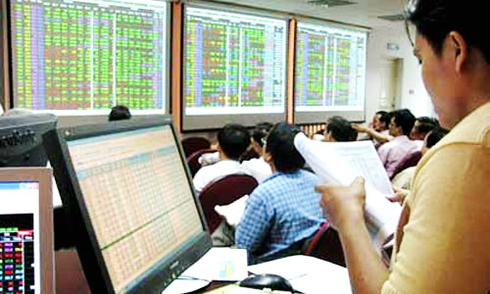More worries about public debt
More worries about public debt
The good news about the GDP growth rate of 6.28 percent in the first six months of the year, the highest in five years, has been overshadowed by a report from the World Bank (WB) that every Vietnamese citizen bears $1,200 in public debt.

The WB’s report showed that Vietnam’s public debt by the end of 2014, which includes the government’s debts, government-guaranteed debts and local authorities’ debts, had reached $110 billion, or 59.6 percent of GDP.
The 2011’s public debt was reported at 50 percent of GDP. As such, the ratio of public debt on GDP increased sharply by 10 percent just within three years.
The figure is higher than any other figure about public debts released by Vietnamese agencies.
Dr. Le Dang Doanh, a renowned economist, commented that the repeated warnings given by WB, the International Monetary Fund (IMF) and economists, show a high solvency risk.
Prior to that, the Ministry of Finance, answering inquiries from National Assembly’s deputies, said that Vietnam’s public debt was within the safety line.
Bui Kien Thanh, also a renowned economist, commented that the public debt’s rapid increase means higher pressure on the state budget.
“The Greek public debt crisis should be a big lesson for Vietnam to learn,” Thanh said, adding that such a crisis could happen if Vietnam cannot control debts well.
According to Thanh, Vietnam has been relying on domestic borrowing to satisfy capital demand, which increases the public debt. The WB’s report showed that the domestic debt had increased from 23.1 percent of GDP in 2010 to 31.7 percent of GDP in 2014.
Meanwhile, the domestic capital mobililzation is done mostly through government bonds which mature after relatively short terms.
The WB emphad that many debts have not been taken into account, though the debts are relatively big and risky.
Some Vietnamese economists said the risk does not lie in the amount of debt, but in the debtor’s solvency.
Thanh pointed to the big debts of commercial banks and the insolvency of a many state-owned enterprises, which, according to the WB, are high risks for Vietnam’s public debts.
Doanh has warned that if the loans cannot be used in an effective way and the spending cannot be programmed properly, the national economy would enter a deadlock.
He reminded that the amount of money Vietnam has to pay for loan interest is equal to 7.1 percent of GDP, which exceeds the GDP growth rate.





















